- Name: High-Density Polyethylene CRP100N (PE100)
- Group: HDPE Pipe Extrusion
- Density: 0.948 g/cm³, 0.948 g/m³, 0.948 ± 0.002 g/cm³ (typical range 0.948/0.957 g/cm³)
- Melt Flow Rate (MFR):
(190°C/5 Kg): 0.22 g/10min (± 0.03)
(190°C/21.16 or 21.6 Kg): 6.2 g/10min (± 1.0) - Equivalent: PE 100N / SABIC-f10750 / HM CRP 100N
- HS Code: 39012000
- Packaging: 55*25 Kg shrink-wrapped wooden pallets
- PRODUCER: Jam, Shazand
HDPE HMCRP100N (PE100 )
Description
HDPE CRP100N (PE100) Price in Iran – SHOBEIR SHIMI
At Shobeir Shimi, we supply HDPE CRP100N (PE100 pipe-grade resin) with top-tier environmental stress crack resistance, hydrostatic strength, and mechanical performance at competitive prices across Iran. Pricing depends on market trends, order volume, and packaging preferences. We source from trusted producers like Jam and Shazand petrochemicals, ensuring consistent quality.
Buy HDPE CRP100N for Pipe Extrusion
This PE100-grade resin is ideal for high-pressure gas and water pipes, relining applications, fittings, and industrial piping. It combines bimodal HDPE with 1-butene comonomer, ensuring excellent toughness, ESCR, and hydrostatic strength (~5,000 h at 80 °C) along with a balanced melt flow rate (0.22 g/10 min @190 °C/5 kg and 6.2 g/10 min @190 °C/21.6 kg) . Supplied in pellet form with full technical data sheets for immediate use.
Why Shobeir Shimi?
- Direct supply of verified PE100 resin
- Competitive pricing and reliable logistics
- Packaging options include 25 kg bags, pallets, or bulk
- Clear communication via WhatsApp
- Expert advice on material processing and piping applications
Contact Us for HDPE CRP100N Price and Availability
Need to buy HDPE CRP100N in Iran? Contact Shobeir Shimi for current pricing, stock status, and technical guidance to support your project.
Call us or send a message via WhatsApp:
- International/WhatsApp: +98 912 118 2057
- Email: info@shobeirshimi.com
The minimum order quantity is one full truckload – 22 metric tons. Smaller quantities can be arranged case-by-case.
How do you ensure product quality and payment security?
- Payments are made via our Turkey office with official receipts provided.
- Buyer representatives can verify documentation at our Tehran or Turkey offices.
- We provide trade references and have a proven track record with petrochemical partners.
What is the typical delivery time?
Delivery usually takes 7 to 10 working days, depending on order size and destination.
What are the shipping options?
We offer both ex-factory delivery and border delivery (e.g., Bazargan, Sarakhs), with packaging tailored to client needs.
HDPE EX3 is in high demand worldwide for its versatility and exceptional performance in pipe systems. Its robust resistance to pressure, corrosion, and environmental damage, combined with high impact strength, makes it a preferred material for gas pipelines, industrial pipes, agricultural irrigation pipes, water and sewage pipes, and various plastic components.
Shobeir Shimi exports EX3 to markets in Asia, the Middle East, Europe, and Africa, including:
- Middle East & GCC: UAE, Saudi Arabia, Oman, Qatar, Iraq
- CIS & Russia: Russia, Kazakhstan, Uzbekistan, Armenia
- South Asia: India, Pakistan, Bangladesh, Afghanistan
- Southeast Asia: Indonesia, Vietnam, Taiwan, South Korea
- Europe: Poland, Spain
- Africa: North and East Africa
Why Choose Shobeir Shimi?
- Full export documentation (COA, MSDS, invoice, packing list)
- Flexible delivery terms: Ex-Factory, FOB, CIF
- Customized packaging and multilingual labeling
- Expertise in customs clearance and logistics for timely delivery
With a strong commitment to quality, reliable supply, and competitive pricing, Shobeir Shimi is your preferred partner for HDPE EX3 procurement.
Additional information
| Application |
|---|



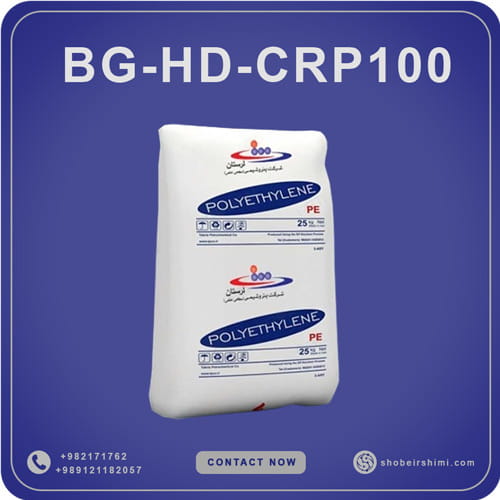
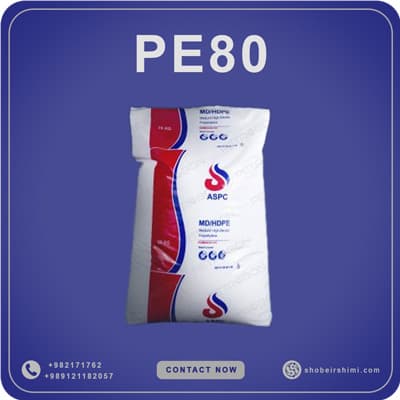
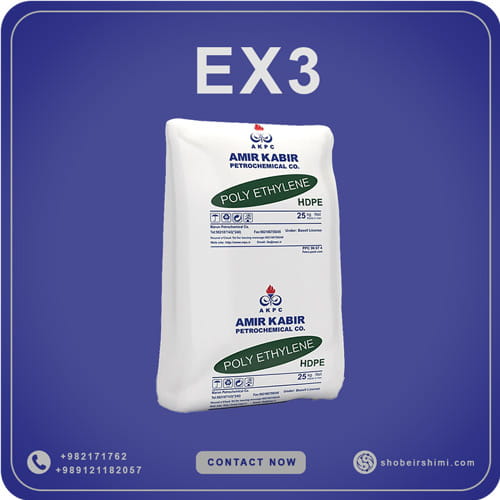
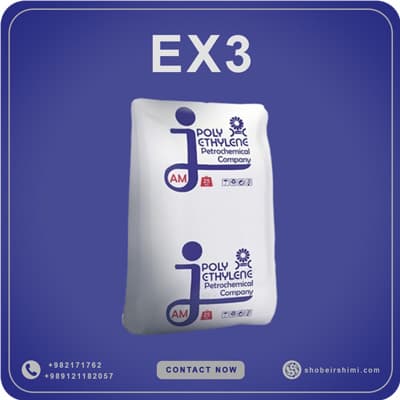


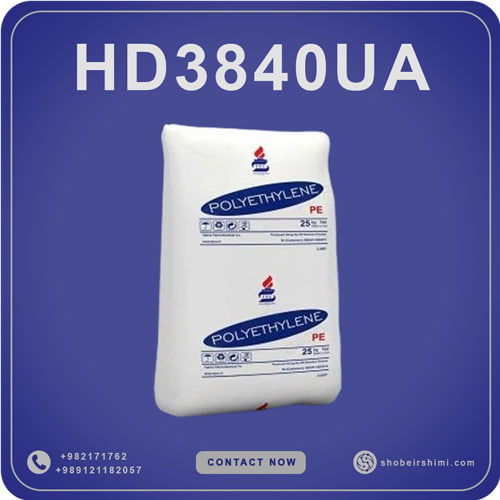
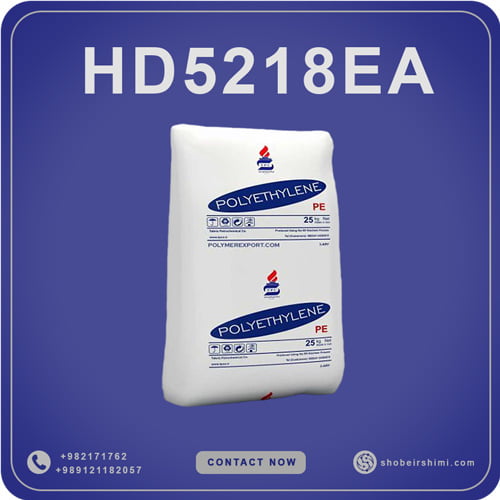

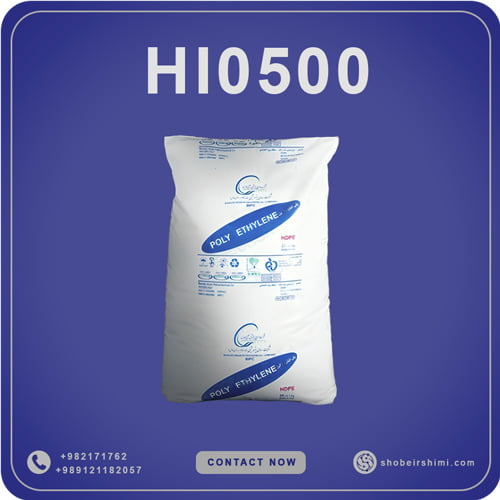
Reviews
There are no reviews yet.